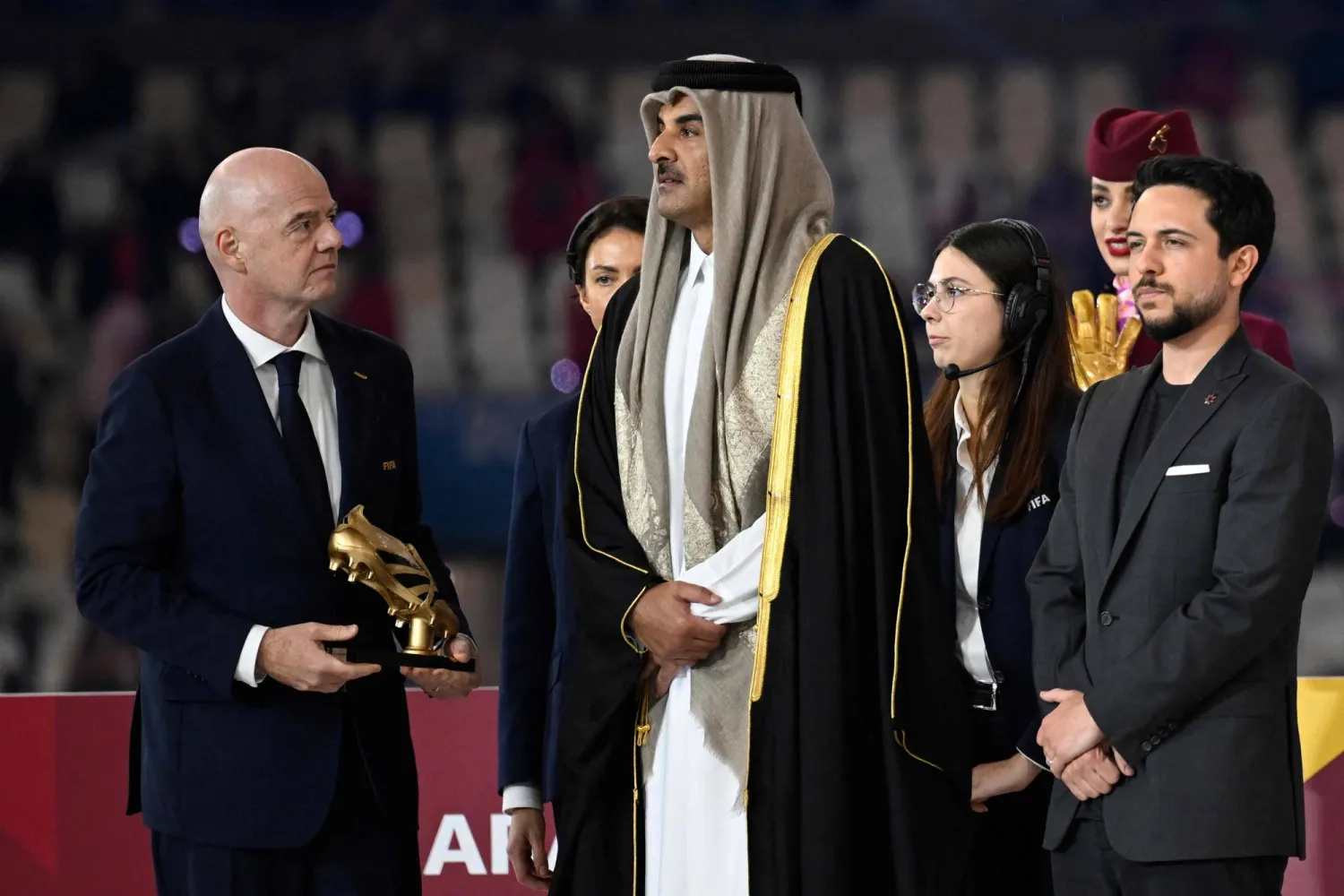Prince Mohammed bin Salman was appointed Crown Prince of Saudi Arabia in Al-Safa Castle in Makkah, just meters away from where King Abdulaziz received the first royal pledge around a hundred years ago.
On Wednesday, June 21, 2017, corresponding to 26 Ramadan 1438 AH, King Salman issued a royal decree, with the support of the majority of 31 out of 34 members of Saudi Arabia’s Allegiance Council, selecting Prince Mohammed bin Salman as Crown Prince.
On the same evening, the new Crown Prince received the pledge of allegiance from princes, scholars, senior officials, military leaders, and citizens.
As the sixth anniversary of the Crown Prince’s pledge of allegiance (Bay’ah) approaches, a comparison is drawn between his pledge and that of King Abdulaziz, which took place a century ago.
After King Abdulaziz united multiple regions of the Arabian Peninsula under his banner, he completed the annexation of Hejaz by receiving the pledge of allegiance from the nobles, scholars, and the public.
This took place after Friday prayers on 23 Jumada al-Akhirah 1344 AH, corresponding to January 8, 1926.
That historic occasion marked the first time that a Saudi ruler held the title “King.”
The Bay'ah is an Islamic principle that characterized Islamic civilization and is considered a covenant between the ruler and the subjects.
It is also one of the constitutional foundations of the Saudi state since its inception 300 years ago.
King Abdulaziz established the pillars of his rule on the principles of Islamic Sharia and founded his state on solid grounds of righteous governance, providing a unique and unified model geographically, politically, culturally, and socially. This state, therefore, emerged as the true heir of Arab Islamic civilization.
As part of his vision, the founder King Abdulaziz established a constitutional approach regarding the succession of the throne. He proved its strength by “establishing the pillars of the monarchy, consolidating them, and ensuring their continuity.”
His descendants have maintained this unique model of the state and presented a contemporary version of the Arab and Islamic political heritage, while reinforcing ancient traditions of governance, developing political practices and constitutional tools, and successfully blending modernity and authenticity.
Over the past century, the smooth transition of power in the Kingdom has been maintained without any constitutional vacuum or declaration of a state of emergency. This has been met with unprecedented popular interaction, which was notable and surprising to many political observers and analysts.
As we commemorate the eighth anniversary of the pledge of allegiance to the Custodian of the Two Holy Mosques, King Salman bin Abdulaziz, it is worth noting that this historic event marks a turning point in the history of Saudi Arabia and is a significant factor in its political equations and historic decisions.
History will record that King Salman bin Abdulaziz led the country during a critical political stage and successfully transferred power to a new generation of Abdulaziz’s descendants.
King Salman’s school, an extension of King Abdulaziz’s school and a reflection of his personality, was the most important institution from which Crown Prince Mohammed bin Salman graduated and drew inspiration from his grandfather’s character.
He learned the art of governance and political skills and acquired a love for history. The Crown Prince was able to develop a unique philosophy of governance, a distinct vision for politics, and a different reading of history.
In terms of practical application, just as the founding king recognized the danger of extremism and fought its roots, so did the Crown Prince. He did so with support and guidance from his father, King Salman.









